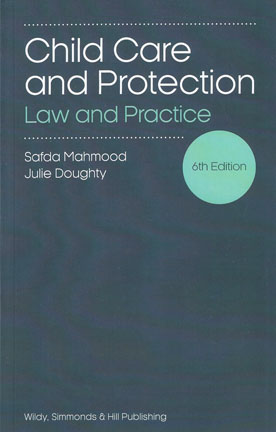
' an excellent introduction to a complex area of law.' From a review in Law Society Gazette Child Care and Protection: Law and Practice provides a practical and concise guide to the areas surrounding the Children Act 1989 and subsequent child protection legislation, guidance and case law.
In addition to explaining the general principles of the law relating to child care and protection, the authors provide valuable insights into assessments, care planning, expert evidence, taking instructions, case preparation and courtroom skills.
Extensively updated, the sixth edition looks at all significant developments since the introduction of the Single Family Court in 2014, including the new procedures on control of expert evidence, duration of care proceedings, changes to children’s care plans, as well as the introduction of the Revised Practice Direction 12A (Care and Supervision Proceedings and other Part 4 Proceedings: Guide to Case Management), introduction of ‘child arrangements orders’, the Child Arrangements Programme (PD 12(B), with accompanying new forms and documents, and the Revised PD12J – Domestic Abuse and Child Arrangements.
"I would thoroughly recommend it as a readable and practical tool to assist the busy practitioner" Family Law review of previous edition